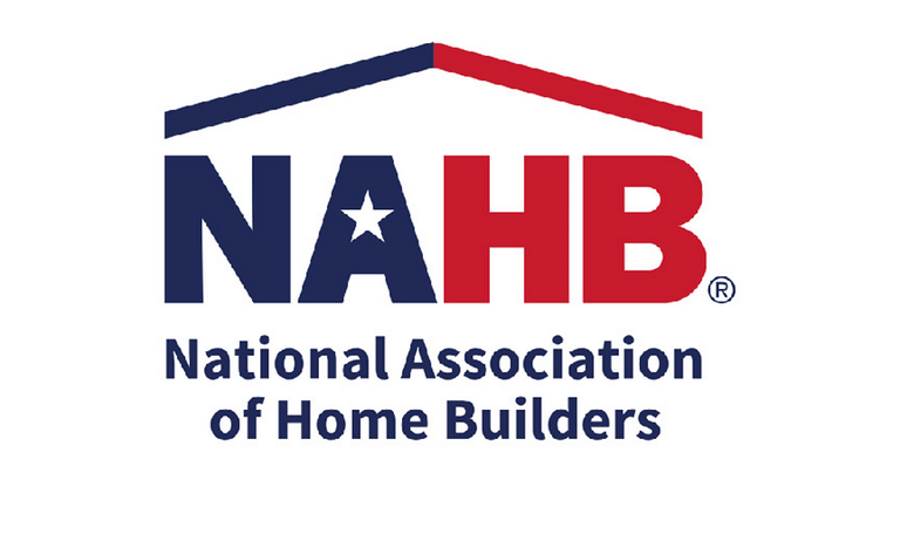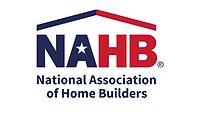NAHB Identifies Top Features and Design Trends for 2021 in the Wake of COVID-19

After declining for four years, a number of key trends-including the average size of the home and the number of bedrooms and bathrooms-reversed course in 2020 as a result of shifting buyer preferences in the wake of COVID-19. The average size home remained flat at 2,486 square feet, while the percentage of homes with four or more bedrooms and three or more bathrooms rose to 46 percent and 33 percent, respectively-rising closer to 2015 peaks.
"The primary reason is that COVID-19 has led a segment of home buyers to desire larger homes and to move out to the suburbs," said Rose Quint, NAHB assistant vice president of survey research, at a press conference held during the NAHB International Builders' Show virtual experience (IBSx).
An increased number of rooms within the same footprint means home owners are becoming more creative in how they use the space within their homes, and using features such as windows to help make these spaces feel larger.
New homes are gaining popularity as well, with 60 percent of buyers preferring new homes-the highest level since 2007. Quint attributes this increased interest in new homes to three key factors.
"One is the absolute lack of existing home inventory," said Quint. "Two is buyers are concerned about touring other people's homes. And last but not least, new homes are more likely to be located where buyers want to live." She noted that outlying suburbs are the most popular geographic location, driven by increased interest among minority home buyers.
NAHB also examined preferences among buyers to help builders determine what features are most likely to resonate in the market in 2021. The top features desired include:
- Laundry rooms
- Exterior lighting
- Ceiling fans
- ENERGY STAR windows and appliances
- Patios and front porches
- Kitchen double sink
- Walk-in pantries
Outdoor spaces such as patios and front porches allow home owners to utilize more space, Donald Ruthroff, AIA, principal at Dahlin Group Architecture Planning added, with the connection between indoors and outdoors continuing to become more seamless. Builders at every value level should consider how to integrate such connections into their homes, and incorporate detailing that helps to dress up these spaces.
NAHB also asked recent and prospective home buyers how COVID-19 may have impacted their housing preferences. Although the majority (67 percent) did not feel the pandemic had an impact, a quarter did feel their preferences had changed because of COVID-19, with households that have at least one teleworker and one virtual student being the most likely to feel an impact. Such households are also the most likely to desire a larger home.
To learn more, visit nahb.org.
Looking for a reprint of this article?
From high-res PDFs to custom plaques, order your copy today!





